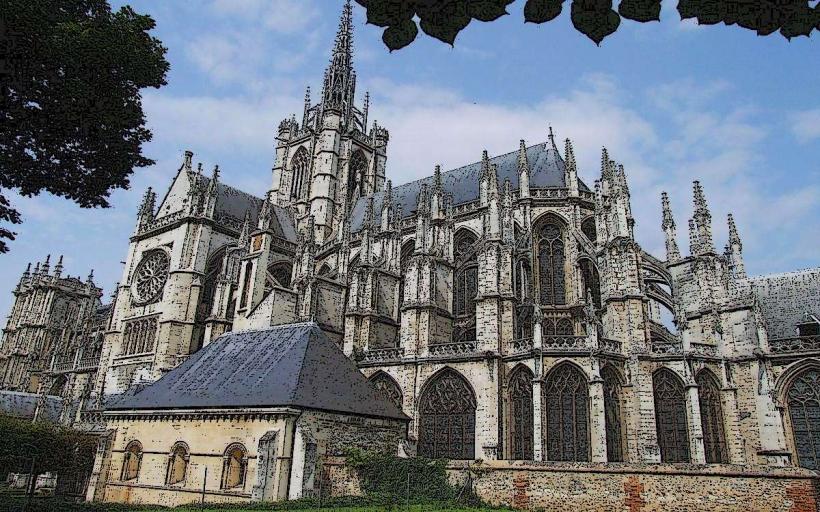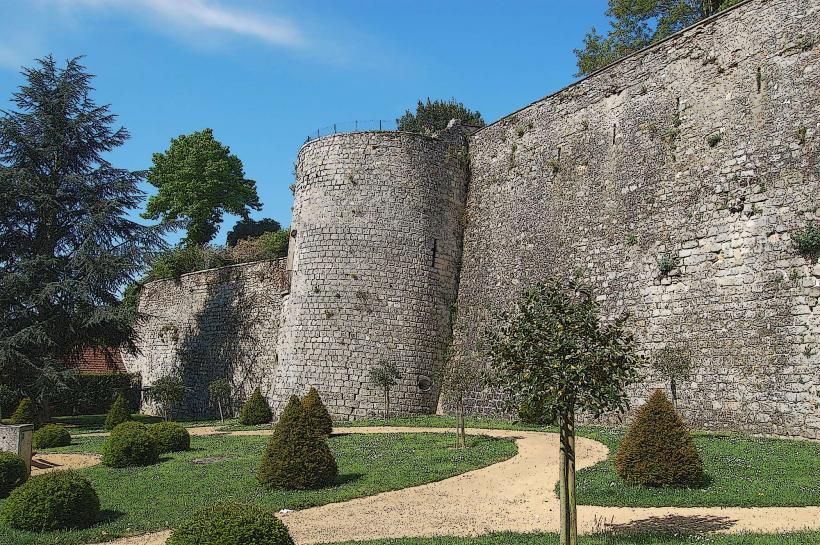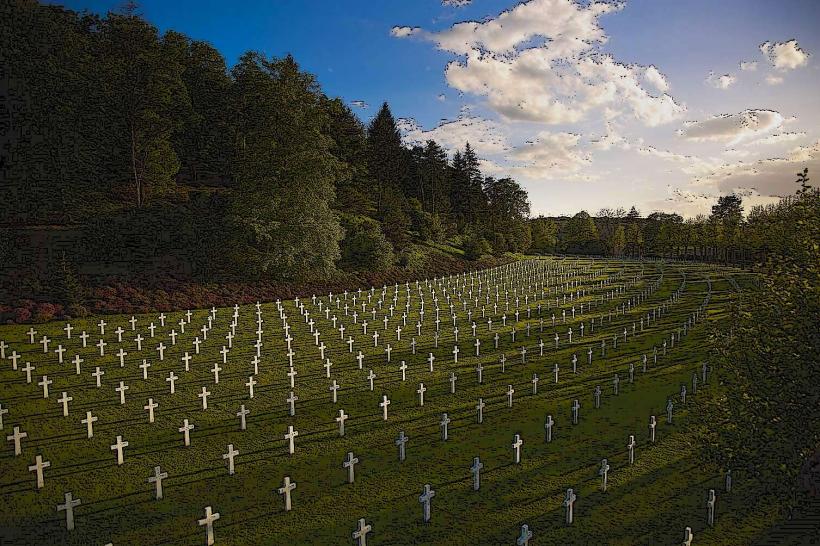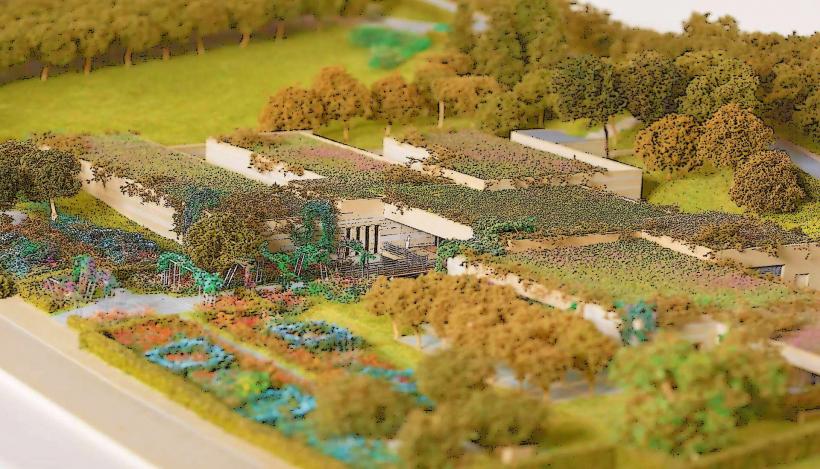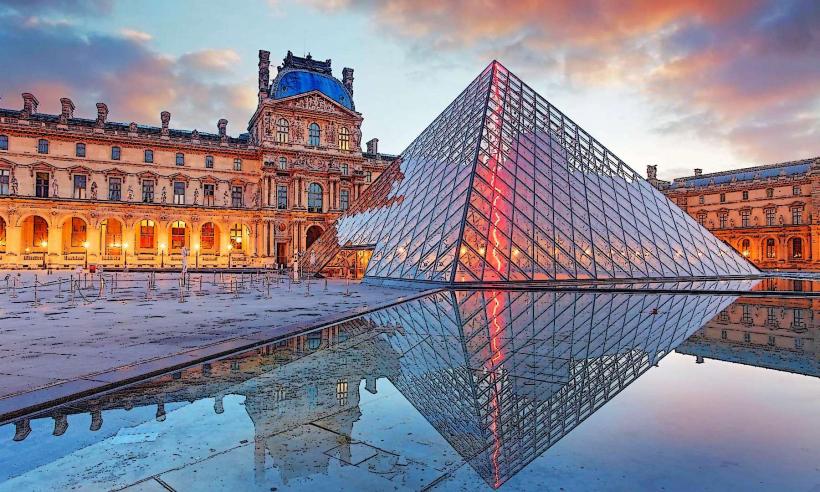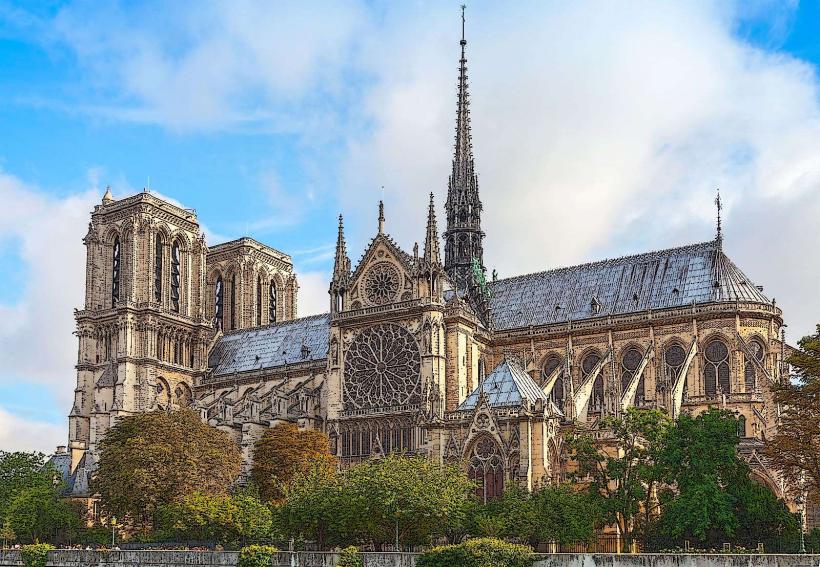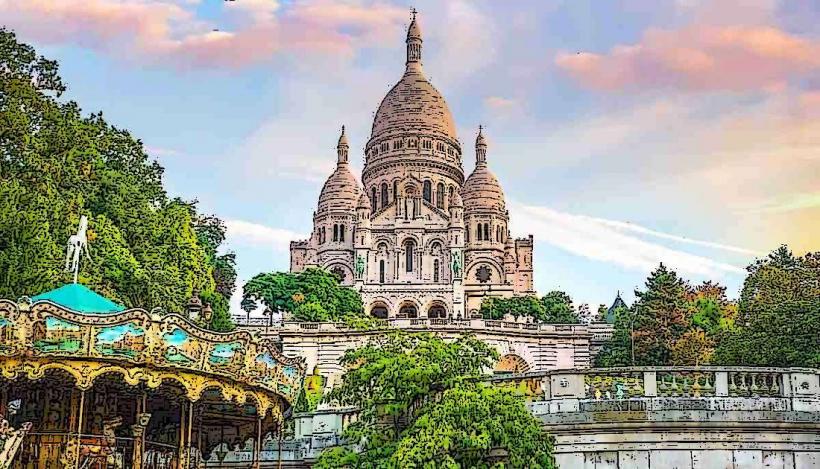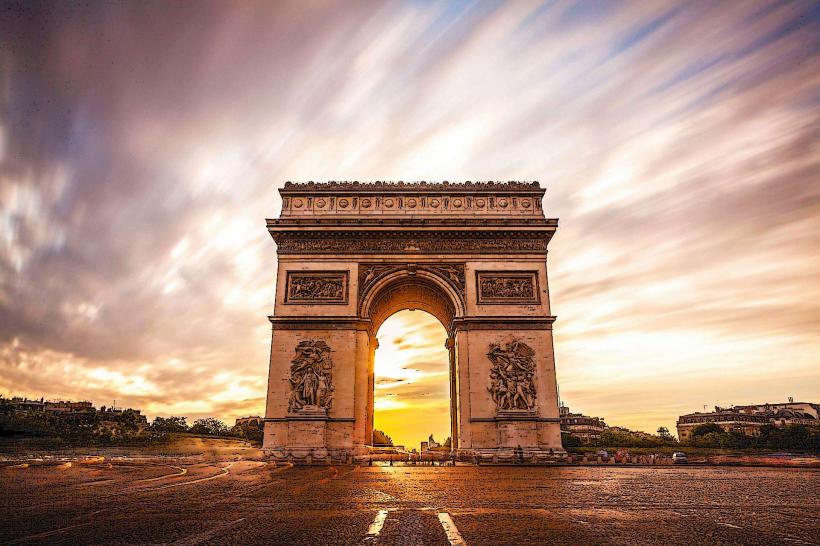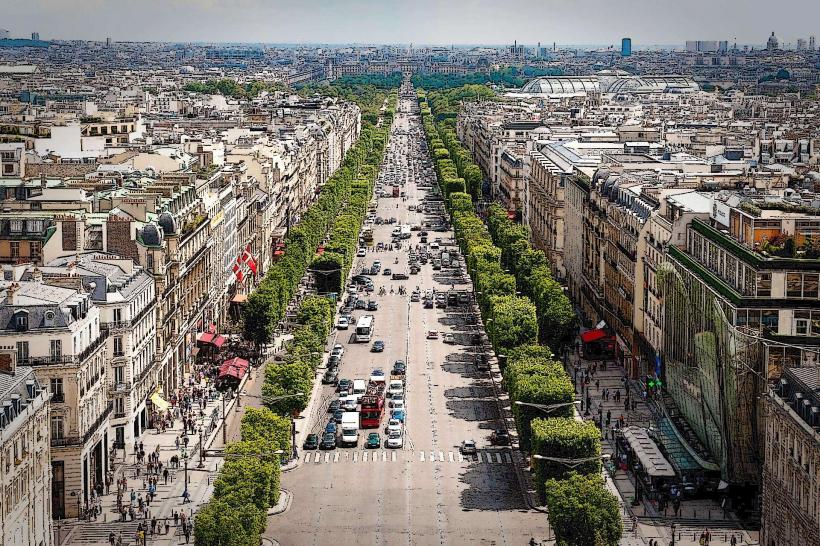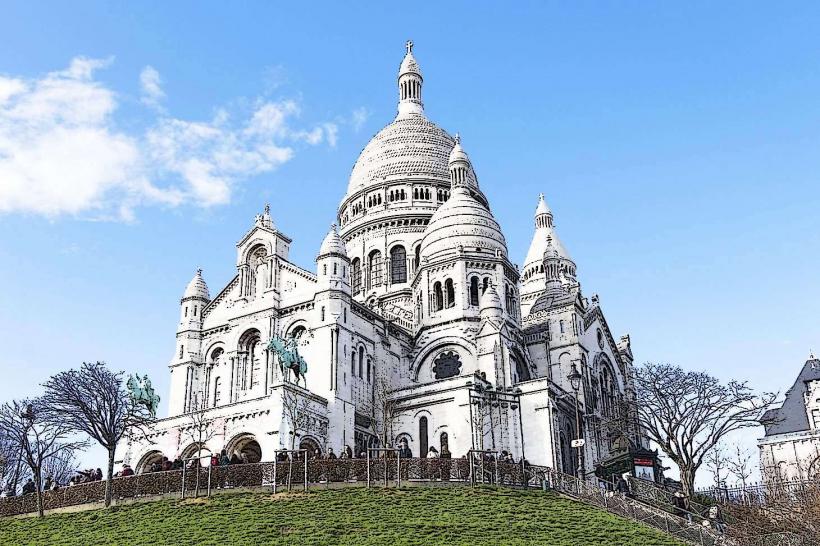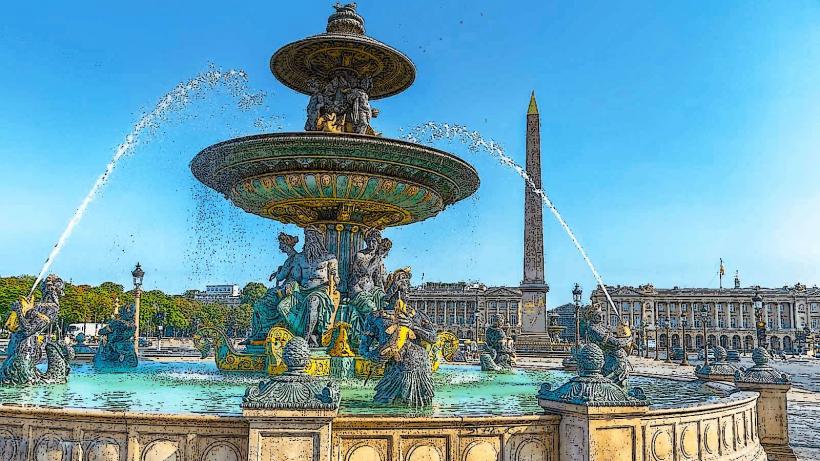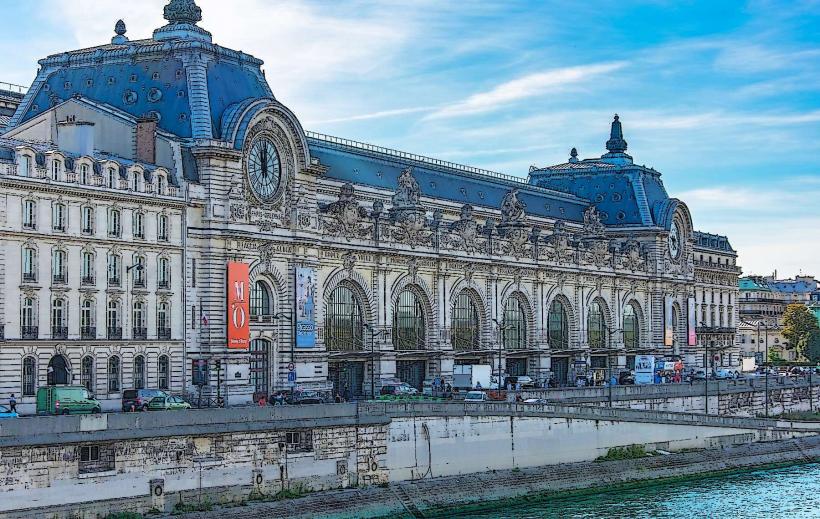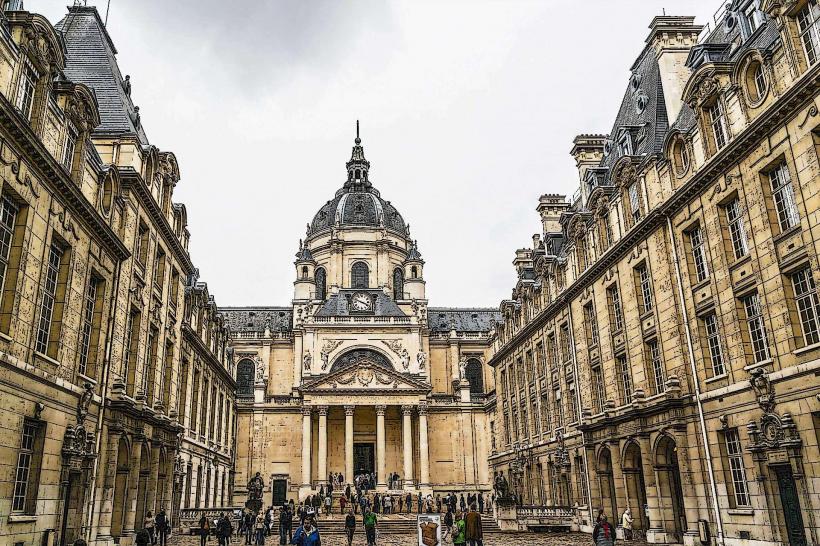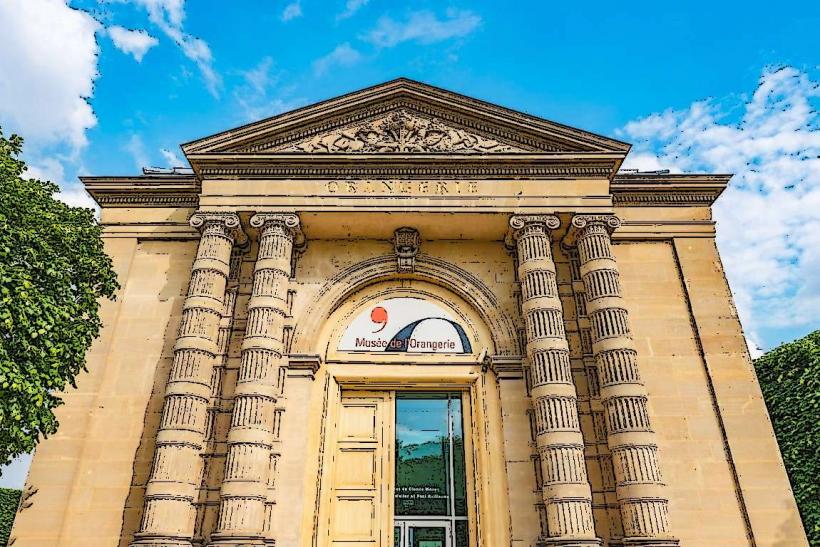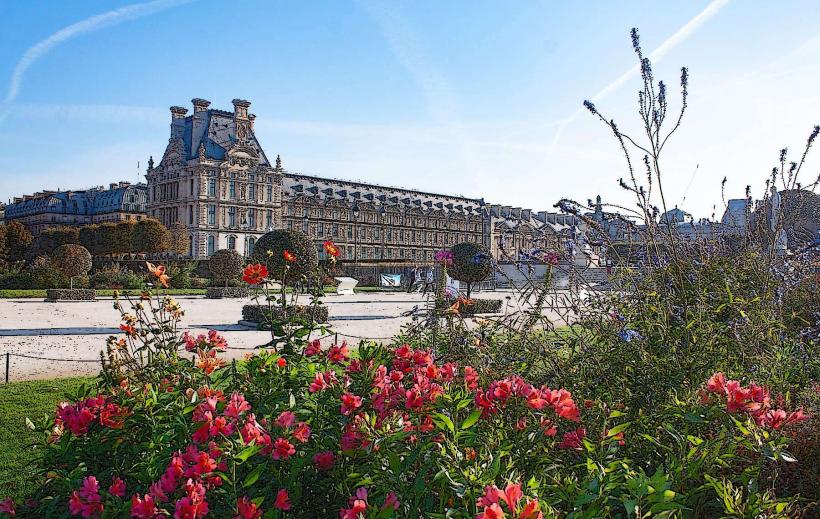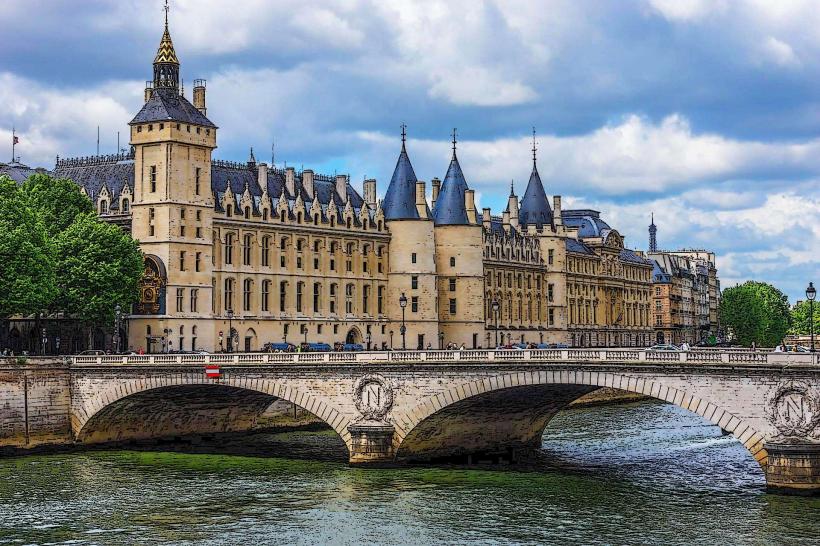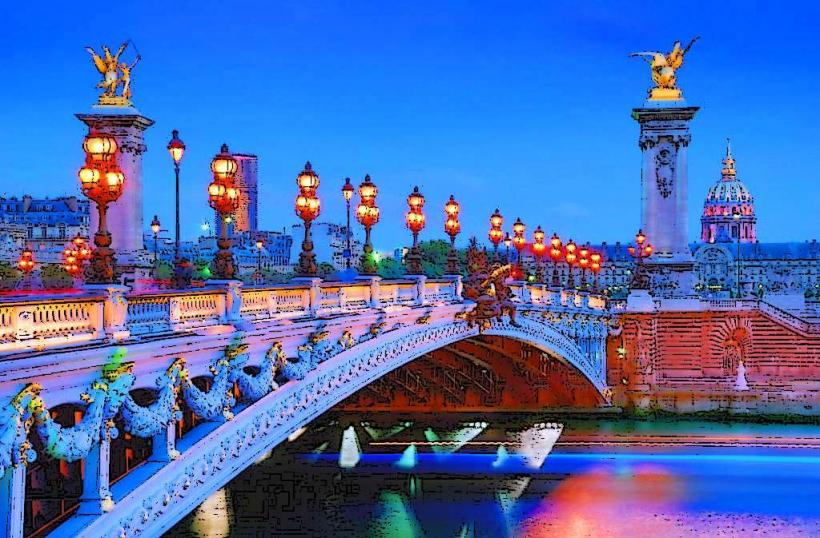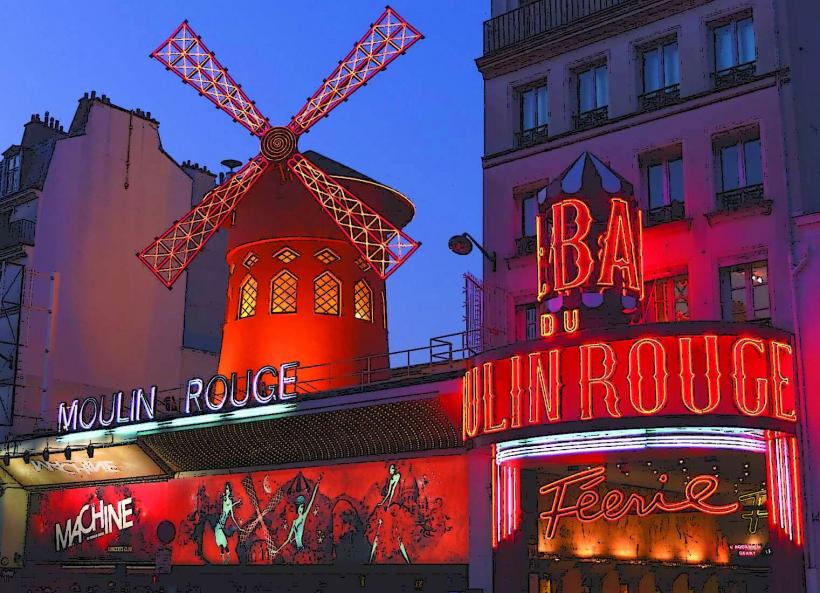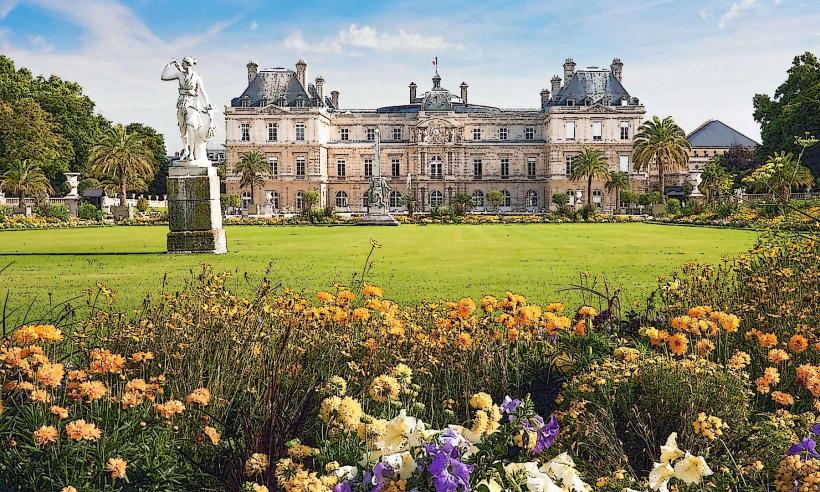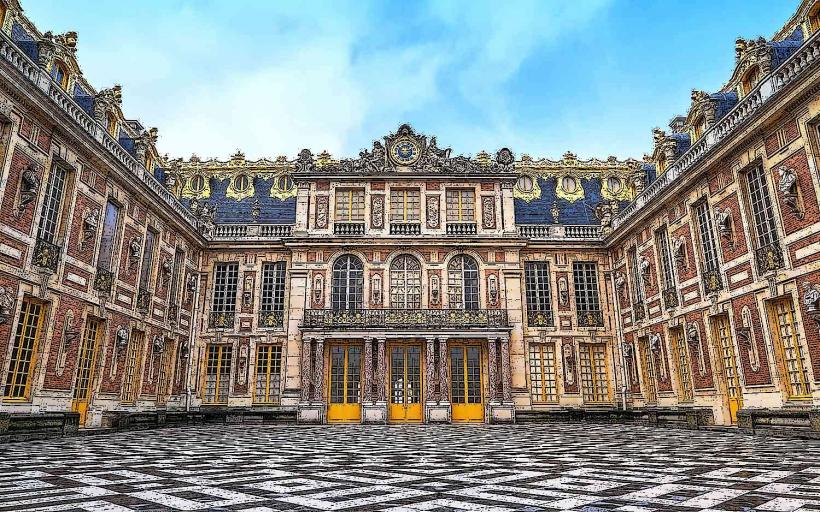Information
Landmark: Sainte ChapelleCity: Paris
Country: France
Continent: Europe
The Sainte-Chapelle, located within the medieval Île de la Cité in the heart of Paris, is one of the most remarkable examples of Gothic architecture and is celebrated for its stunning stained glass windows. Built in the 13th century by King Louis IX (later canonized as Saint Louis), it was originally intended to house precious Christian relics, including what was believed to be the Crown of Thorns. Sainte-Chapelle’s intricate architecture, vibrant stained glass, and historical significance make it a unique masterpiece of the Rayonnant Gothic style.
1. History and Purpose
Construction and Purpose: Sainte-Chapelle was commissioned by King Louis IX in 1241 to serve as a grand reliquary, or chapel, within his palace on Île de la Cité. It was completed in 1248, after only seven years—a remarkably short time for such an elaborate Gothic structure. Louis IX spared no expense, aiming to glorify both the French monarchy and Christianity by housing a collection of relics he acquired from Emperor Baldwin II of Constantinople. Among the most valuable of these relics was the Crown of Thorns, which cost an immense sum, more than the cost of constructing the chapel itself.
Symbol of Divine Kingship: By building Sainte-Chapelle, Louis IX not only demonstrated his piety but also strengthened his image as a divinely sanctioned ruler. The chapel's layout and design symbolically positioned the monarchy as a central, almost sacred institution, intertwined with the Christian faith.
2. Architectural Highlights
Sainte-Chapelle is a prime example of Rayonnant Gothic architecture, a style marked by its emphasis on light, verticality, and decorative detailing. Some key features include:
Upper and Lower Chapels: Sainte-Chapelle consists of two chapels: the lower chapel, originally intended for palace staff, and the upper chapel, reserved for the king and his court. The lower chapel is relatively modest, decorated in rich colors but with a lower ceiling and narrower windows, reflecting its use by commoners. The upper chapel, by contrast, is a dazzling display of Gothic craftsmanship, filled with light and color.
Stained Glass Windows: The chapel’s most breathtaking feature is its stained glass, comprising 15 towering windows that cover nearly 670 square meters (7,200 square feet). These windows tell more than 1,100 biblical stories, from Genesis to the resurrection of Christ. Each window is divided into numerous panels that illustrate the biblical narratives in rich, jewel-like colors. Blues, reds, and purples dominate the palette, creating a breathtaking atmosphere when illuminated by sunlight. The windows were crafted with an extraordinary level of detail and storytelling skill, guiding viewers through scenes of biblical history, royal lineage, and the life of Christ.
Rose Window: The Rose Window, a later addition from the 15th century, is a stunning example of Flamboyant Gothic style. Situated above the entrance of the upper chapel, this magnificent circular window showcases intricate flame-like patterns and depicts the Apocalypse.
Vaulted Ceiling and Ornate Details: The vaulted ceiling of Sainte-Chapelle is painted in deep blue, adorned with golden stars, and designed to resemble the heavens. Delicate ribbing and ornamentation on the columns add to the ethereal quality of the space. Golden fleurs-de-lis—the symbol of the French monarchy—decorate the ceiling and other parts of the chapel, symbolizing the close ties between the French throne and the church.
3. The Relics and Their Significance
The original purpose of Sainte-Chapelle was to house sacred relics, with the most famous being the Crown of Thorns. Acquiring these relics from the Byzantine emperor gave Louis IX an unparalleled spiritual and political status, allowing him to position France as a new "Holy Land" in Europe. While many relics were later moved to Notre-Dame Cathedral and subsequently lost during the French Revolution, the chapel retains its symbolic significance as a site of royal piety.
4. Sainte-Chapelle During the French Revolution
During the French Revolution, Sainte-Chapelle suffered significant damage as it represented the monarchy and the church. Many of the original relics and furnishings were either destroyed or dispersed. The stained glass was at risk but managed to survive, though some sections needed restoration. The chapel was eventually restored in the 19th century by Eugène Viollet-le-Duc, who carefully preserved the stained glass and architectural elements, restoring the chapel to its former glory.
5. Symbolism and Spiritual Experience
The Sainte-Chapelle is often described as a "gateway to heaven" due to its architecture, which emphasizes height, light, and color. When sunlight streams through the stained glass, it illuminates the interior with vibrant hues that seem to transport visitors into a divine realm, a sensory and spiritual experience that connects the earthly and the divine.
- Biblical Storytelling through Art: The stained glass windows are arranged to guide viewers through the Bible’s major stories, creating a narrative journey. Visitors start with the Old Testament stories near the entrance and move through to the Passion of Christ and New Testament, culminating in the symbolic themes of redemption.
6. Visiting Sainte-Chapelle Today
Location and Access: Sainte-Chapelle is located on the Île de la Cité at 8 Boulevard du Palais, adjacent to the Conciergerie, another significant historical site. The chapel is accessible by metro and bus, with regular opening hours and guided tours available. It is a popular stop on many Parisian itineraries, drawing visitors interested in its architectural beauty, historical significance, and the allure of its renowned stained glass.
Concerts and Events: Sainte-Chapelle is also a favored venue for classical music concerts, which are often held in the evening when the illuminated stained glass creates a stunning backdrop. The concerts provide an exceptional way to experience the chapel’s acoustics and beauty in a unique setting.
The Sainte-Chapelle stands today as a testament to the craftsmanship of the Gothic period and the devotional fervor of medieval France. Its stunning stained glass, intricate details, and historical importance make it an essential part of Paris’s cultural and religious heritage.

